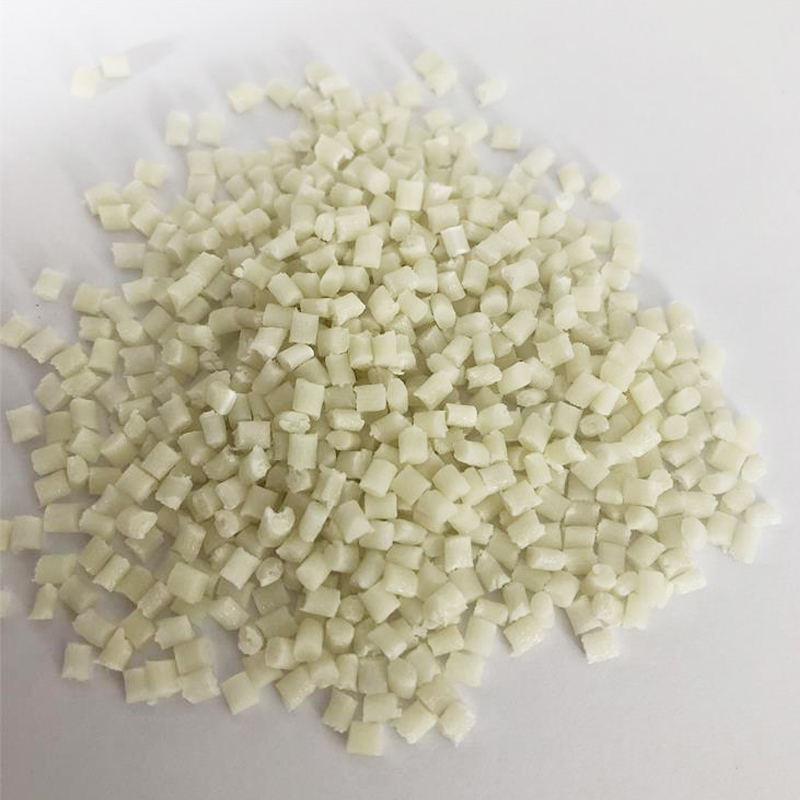
- +8615880211820
- [email protected]
- No.67, Tongan Industry Park, Xiamen

Our PET masterbatch are widly used for carbonated bottle, mineral water bottle, pesticide bottle, oil bottle, beverage bottle, cosmetic bottle, medicine bottle, jar etc.
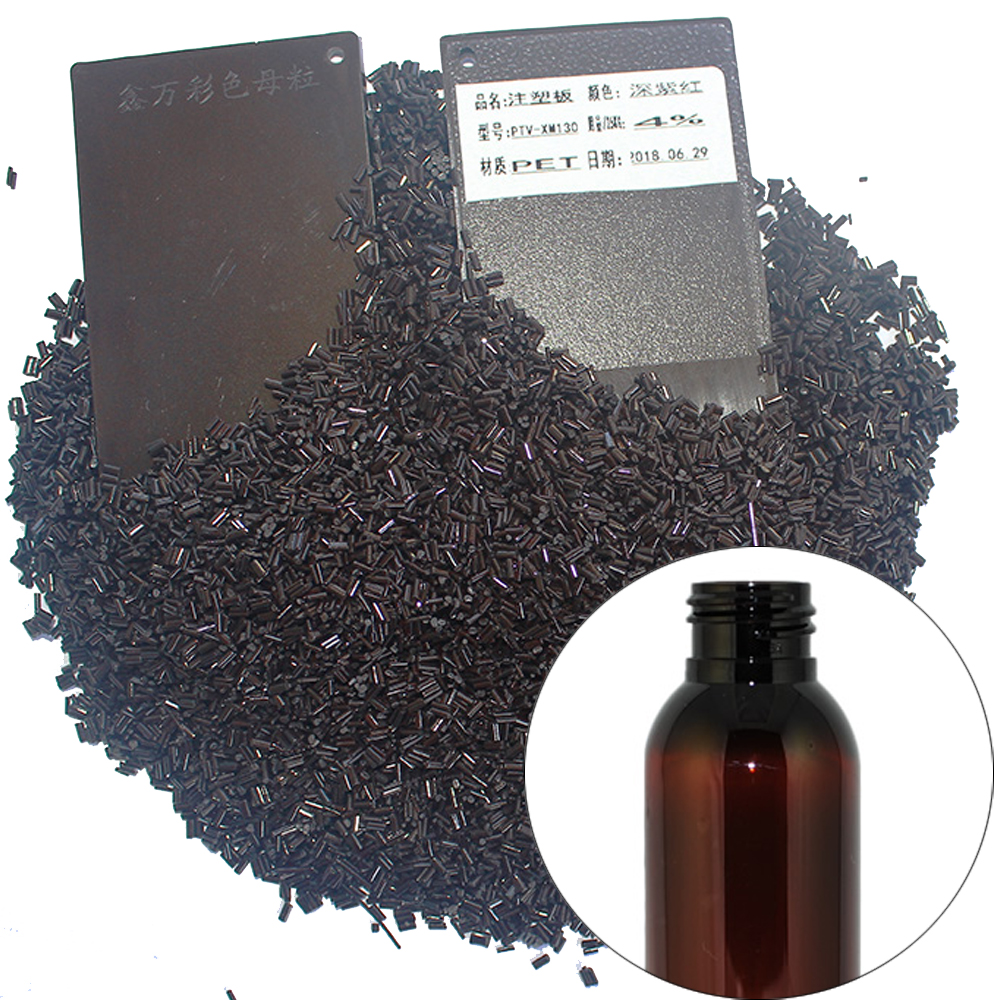
– Food Grade;
– Excellent dispersing;
– Excellent heat-resistant;
– small qty acceptable, ODM & OEM;
– Various colors for choices;
– Fast delivery(1-3 days).
– Free sample
| SPECIFICATION DATA SHEET | |||
| ITEM | UNIT | VALUES | METHOD |
| Color | – | Amber Masterbatch | – |
| Colorant concentration | % | 10 | – |
| Melting point | ℃ | 245-252 | ISO11357-3:1999 |
| Melt mass-flow rate/MFR | g/10min | 38 | ASTM D-1238 |
| FPV | bar/g | 0.45 | DIN-EN 13900-5 |
| Intrinsic viscosity | dl/g | 0.495 | GB17931-2003 |
| moisture content | % | ≤0.1 | ASTM D6980-04 |
| bulk density | g/ML | 0.907 | GB/T 1636-1979 |
| color difference△E | ≤ | 0.3 | △E≤0.5 |
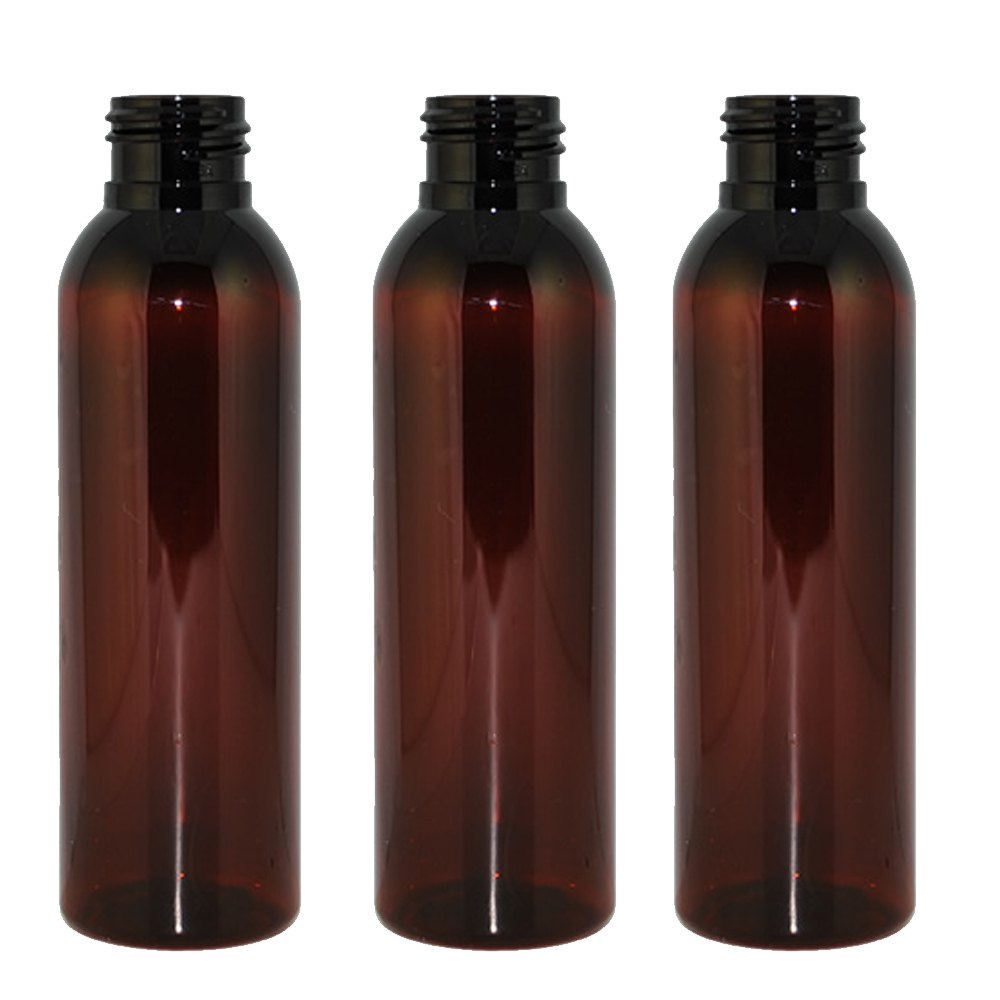
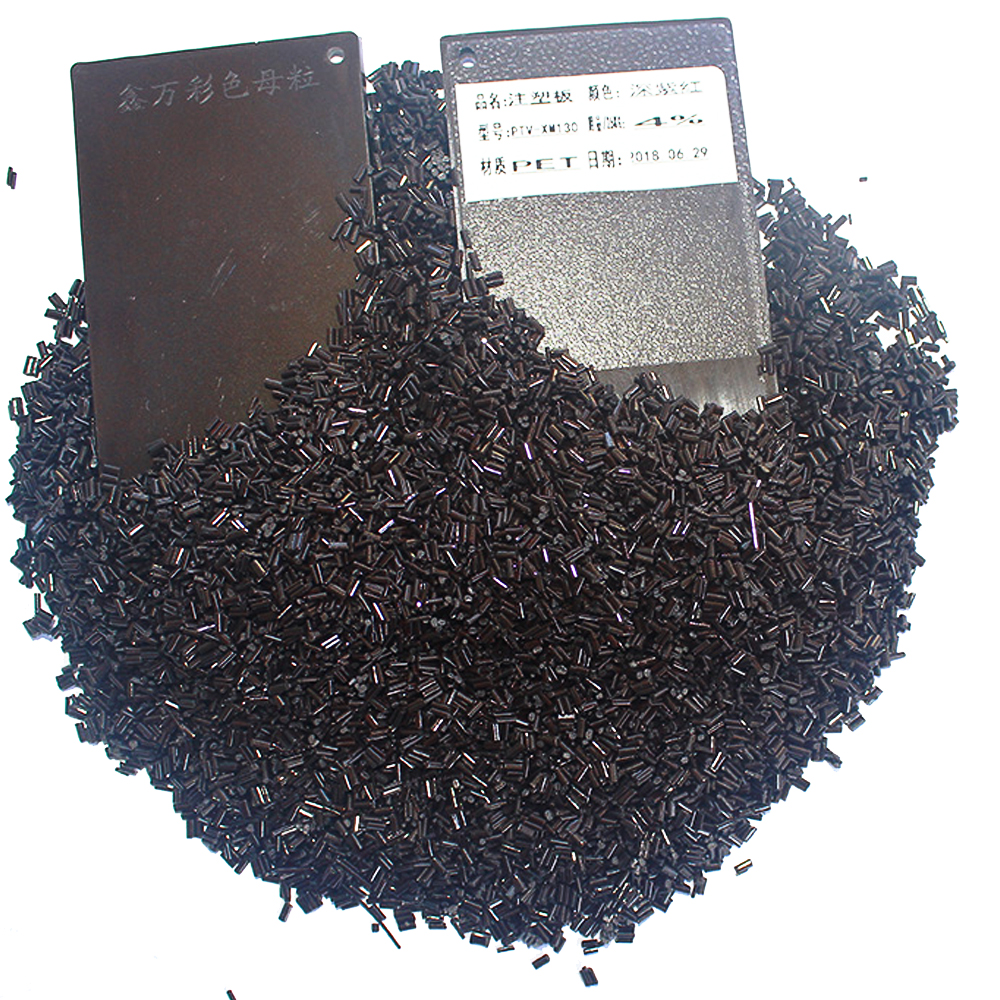
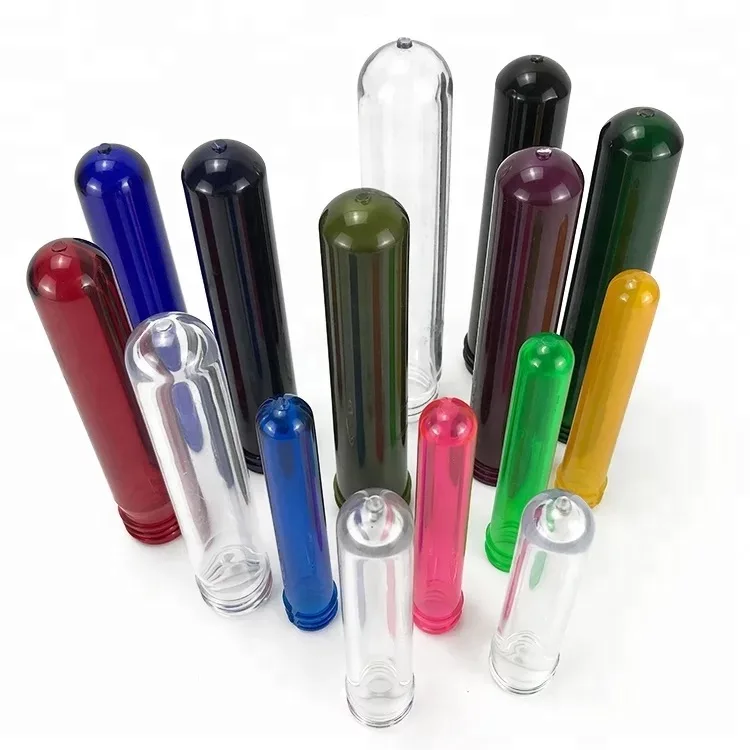
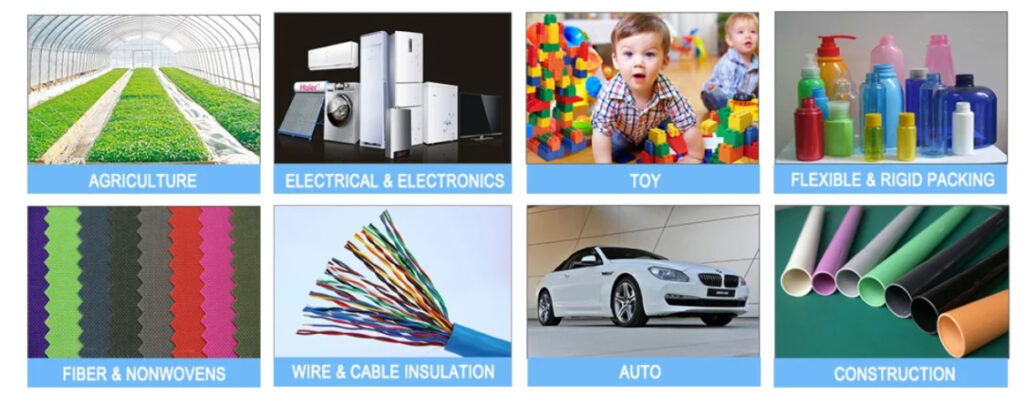
Our PET Color Masterbatches cater to a diverse array of applications, including but not limited to:
Pharmaceutical Containers: Polymer processing is integral to the production of pharmaceutical bottles, ensuring the safe and secure storage of medicinal substances.
Hydration Solutions: Mineral water bottles benefit from polymer processing, providing a reliable and lightweight packaging solution for the beverage industry.
Beverage Packaging: Polymer processing techniques contribute to the creation of beverage bottles, offering a combination of durability and design flexibility for various drinks.
Household and Cosmetic Packaging: From shampoo bottles to lotion containers, polymer processing is instrumental in the production of household and cosmetic bottles, meeting aesthetic and functional requirements.
Oil and Chemical Containers: Polymer processing plays a vital role in the creation of bottles for oils and chemicals, ensuring secure containment and preservation of substances in various industries.
Injection Moulding for Specialty Containers: Specialized trays and tubs, crafted through injection molding, find applications in diverse sectors, particularly in the medical and cosmetic industries.
Advanced Food Packaging: Polymer processing techniques are crucial in the development of innovative food packaging solutions, including films, containers, and other materials that ensure food safety and preservation.
Automotive Components: Injection molding techniques contribute to the production of various automotive parts, showcasing the adaptability of polymer processing in the automotive industry.
Filaments for Various Uses: Polymer processing is key in the manufacturing of filaments, serving diverse applications across industries, including textiles, electronics, and construction.
Versatile Fiber Production: Polymer processing techniques are utilized in the production of POY (Partially Oriented Yarn), PSF (Polyester Staple Fiber), and FDY (Fully Drawn Yarn) fibers, catering to the specific needs of the textile industry and beyond.
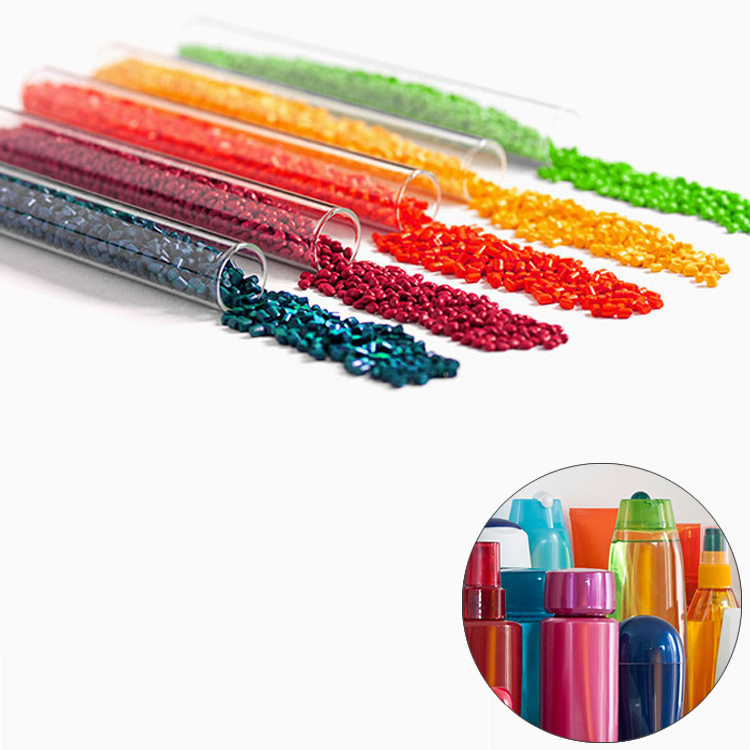
In the dynamic world of polymer processing, Polyethylene Terephthalate (PET) has emerged as a versatile material extensively employed in packaging applications. Wholesale High Concentration Pearl Blue PET Masterbatch, coupled with PET Amber Masterbatch and PET Brown Masterbatch, has garnered significant attention in the industry, offering numerous advantages to manufacturers, especially in the production of prescription bottles. This article delves into the distinctive features and benefits of Amber Masterbatches, accompanied by three additional facets, contributing to the enhanced visual and functional aspects of prescription bottle production.
Versatility in Bottle Manufacturing:
Our PET Masterbatch, including PET Amber Masterbatch and PET Brown Masterbatch, is meticulously formulated to cater to a diverse array of bottle applications. From carbonated and mineral water bottles to pesticide containers, oil receptacles, beverages, cosmetics, medicines, and jars, these masterbatches ensure manufacturers can achieve a uniform and captivating pearl blue shade across a variety of packaging solutions. The versatility is further enhanced with the inclusion of specialized color masterbatch for optimal results.
Enhanced Scratch Resistance:
Our PET Masterbatch, enriched with specialized additives, contributes to the enhanced scratch resistance of prescription bottles. This feature ensures that the bottles maintain their pristine appearance throughout the manufacturing, transportation, and storage processes, providing a durable and aesthetically pleasing packaging solution.
Improved Melt Flow and Processing Efficiency:
The formulation of our PET Masterbatch, combined with PET Amber Masterbatch and PET Brown Masterbatch, is designed to enhance melt flow characteristics, optimizing processing efficiency. This results in smoother production processes, reduced energy consumption, and improved overall operational efficiency for manufacturers.
Consistent Quality and Processing:
Our high concentration pearl blue PET masterbatch, alongside PET Amber Masterbatch and PET Brown Masterbatch, is meticulously crafted to ensure consistent color dispersion and quality throughout the manufacturing process. This uniformity is critical in upholding the brand image and product identity, instilling confidence in manufacturers regarding the final product.
In the realm of pharmaceutical packaging, the combination of Wholesale High Concentration Pearl Blue PET Masterbatch, PET Amber Masterbatch, and PET Brown Masterbatch stands out as a powerful trio, offering versatile solutions to manufacturers of prescription bottles. The article has highlighted key features, including enhanced aesthetics, UV stability, scratch resistance, and improved melt flow, which collectively contribute to the overall excellence of prescription bottle production. As the industry evolves, investing in these premium masterbatches proves to be a strategic choice for manufacturers seeking to elevate their products, achieve differentiation, and meet the ever-growing demands of discerning consumers.
Our masterbatches find a multitude of applications across diverse industries. Whether in plastics, textiles, or various manufacturing processes, our masterbatches play a pivotal role in enhancing product quality and performance. With customizable formulations, they offer color consistency, UV protection, flame resistance, and more, making them the go-to solution for countless applications. From automotive parts to packaging materials, our masterbatches are the trusted choice for achieving superior results across a wide spectrum of industries.
Our custom masterbatches are designed to match specific polymers, ensuring optimal performance when incorporated into your selected material. We have the capability to produce masterbatches suitable for a variety of polymers mentioned below, and many more. If you’re working with a material that isn’t listed here, please don’t hesitate to reach out to our knowledgeable technical team to explore the possibility of meeting your specific needs.
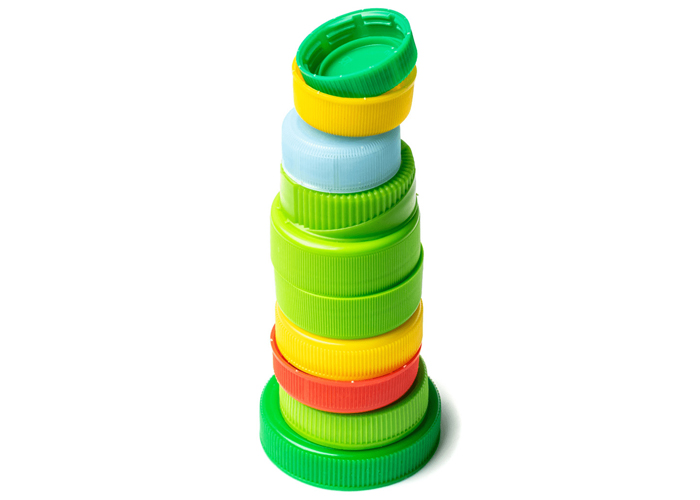
Low Density Polyethylene – Somewhat more translucent than HDPE and considerably more pliable, primarily employed in flexible packaging, tote bags, pliable tubing, film applications, and similar uses. Like HDPE, it has limited transparency characteristics. It exhibits outstanding chemical resistance to alcohols, acids, and alkalis but has restricted resistance to hydrocarbon solvents and mineral oils. Prolonged exposure to UV radiation can initiate degradation.
High-Density Polyethylene – Featuring a somewhat milky-white appearance, this material finds wide application in rigid bottle packaging, injection-molded caps and closures, crates, and more. Its natural opacity can limit the degree of transparency attainable. HDPE exhibits superior chemical and solvent resistance when compared to LDPE.
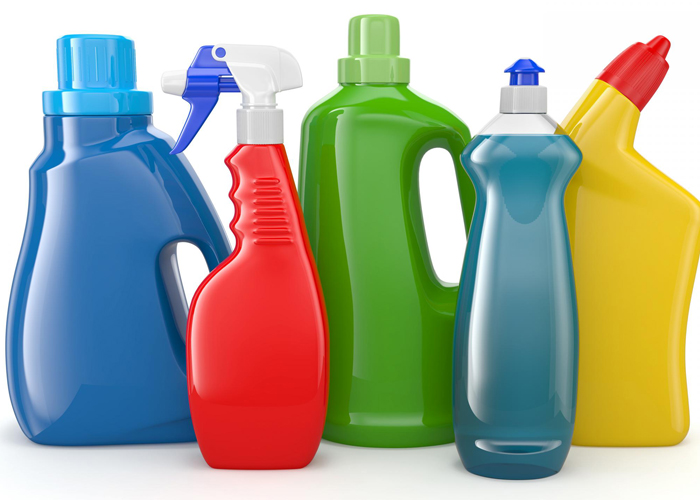
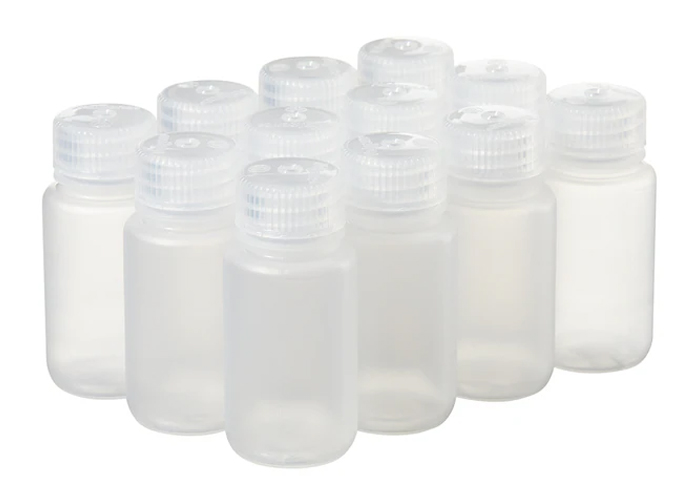
PPCO Random & PPHO – A polymer with moderate clarity, employed in the production of caps and closures. It is also utilized for crafting household items, buckets, toys, and storage containers. Polypropylene offers flexibility without significant limitations on color or special effects. Random copolymer boasts greater clarity compared to homopolymer and is better suited for creating translucent shades.
PPCO Block – Similar to PPCO but enhanced for increased impact resistance. An additive renders the polymer white, resulting in high opacity. This characteristic may limit the achievable transparency.
Polyethylene Terephthalate (PET) – Polyester materials exhibit robust mechanical strength along with excellent chemical resistance and barrier properties. PET is frequently chosen for the production of carbonated beverage containers. Moreover, polyester can be spun and employed in textile manufacturing for clothing. PET is highly transparent, making it an excellent choice for translucent packaging, although a subtle hint of “yellowing” may impact extremely light tints.
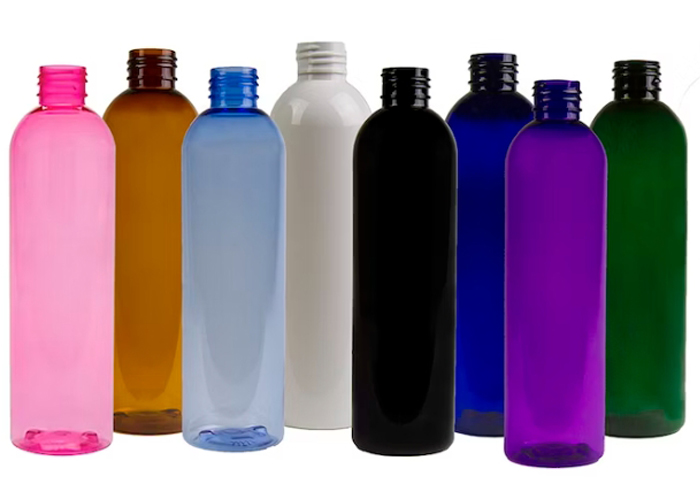
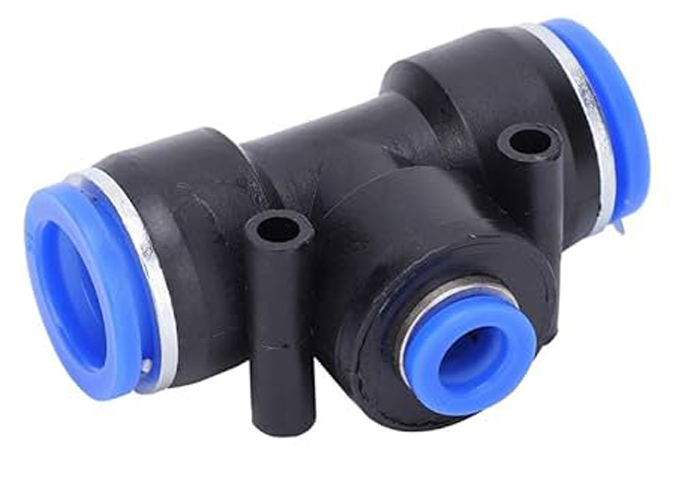
Polybutylene Terephthalate – A crystalline thermoplastic engineering polymer frequently employed as an insulating material within the electronics sector. This substance belongs to the polyester category, showcasing a remarkable equilibrium of attributes and processing qualities.
General Purpose Polystyrene – Exhibiting a glass-clear appearance but possessing minimal impact resistance, this material finds its primary application in CD cases. Its notable clarity renders it suitable for creating translucent hues, although an occasional violet tint may be discernible.
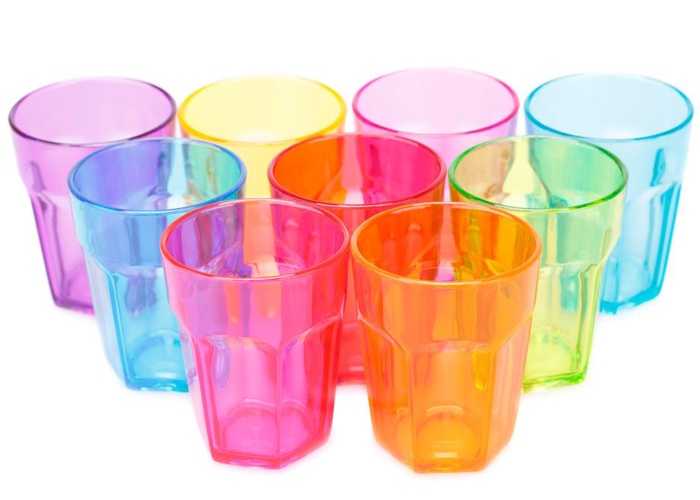
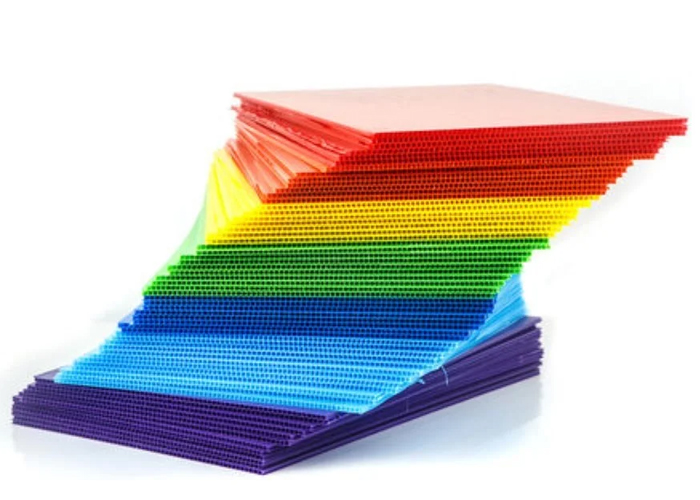
High Impact Polystyrene – Derived from GPPS by incorporating an impact-enhancing agent to boost its resistance to impacts. This added component results in the polymer becoming white, and different formulations provide varying degrees of opacity. Typically employed in the fabrication of game pieces, toys, and similar items. Its pronounced whiteness can pose challenges when aiming for translucent coloration. Specialized alternatives like K-Resin and Styrolux are accessible in the market to attain the same level of translucency as GPPS.
Acrylonitrile Butadiene Styrene (ABS) – A more robust iteration of High Impact Polystyrene (HIPS) employed in high-value components. ABS exhibits greater durability compared to HIPS-made components, although it encounters similar challenges when attempting to achieve translucent colorations. Just like HIPS, ABS offers specialized translucent variants. Owing to its durability, ABS is commonly used in crafting casings for power tools.
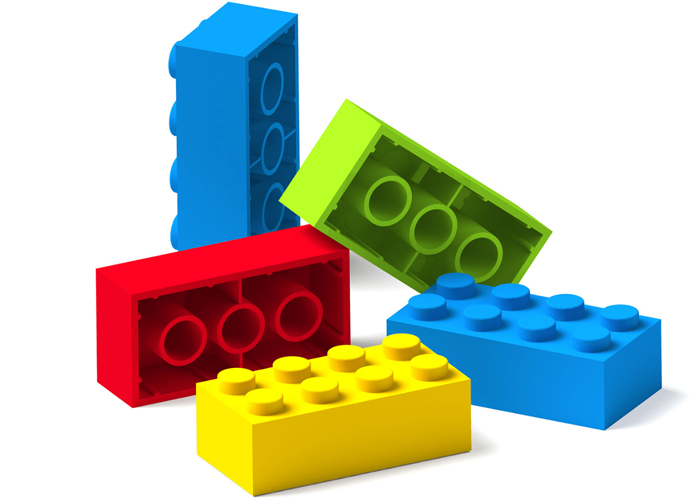
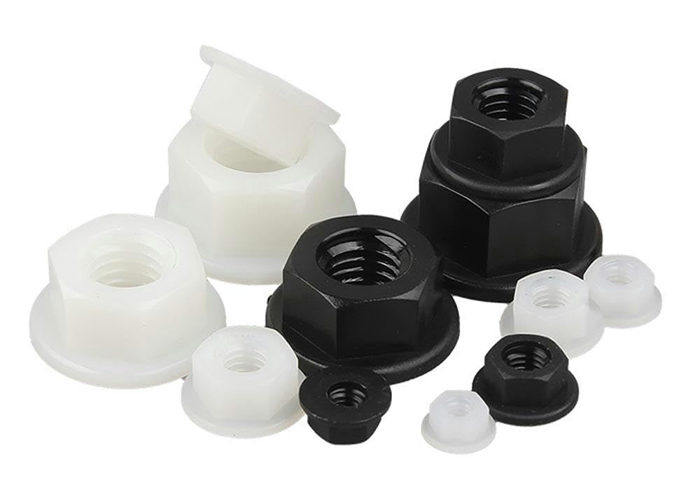
Polyamide (6, 66) – Nylon represents a versatile grade extensively employed in mechanical construction and maintenance. Its popularity stems from its excellent blend of mechanical strength, rigidity, mechanical damping characteristics, and effective electrical insulation capabilities. Consequently, nylon is a preferred material for manufacturing electrical enclosures. PA66 serves as a common alternative to metal across diverse applications, with its chemical and physical attributes closely resembling those of PA6. PA6 exhibits superior impact resistance and resistance to solvents, albeit with a heightened susceptibility to moisture absorption.
Styrene Acrylonitrile Copolymer – Possessing transparency and outstanding chemical and heat resistance, SAN also boasts good rigidity, tensile strength, and flexural strength. Thanks to its high-gloss finish, SAN is commonly chosen for cosmetic packaging purposes. However, achieving light tint colors with SAN can be challenging due to the violet dyestuffs inherent in the material, which are utilized to enhance its visual appearance during manufacturing.
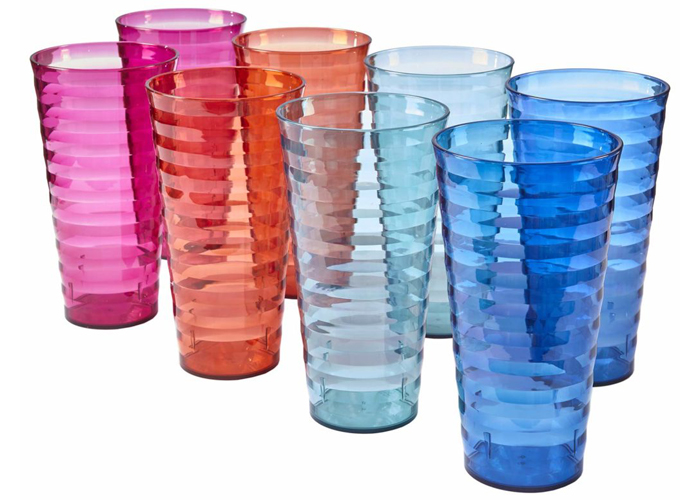
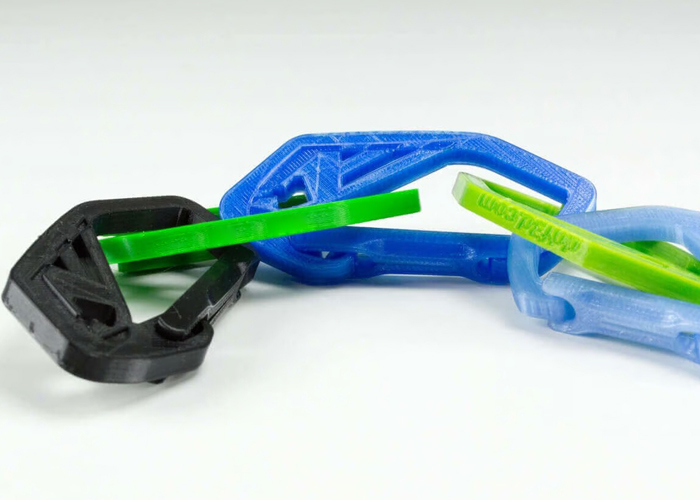
Polyethylene Terephthalate Glycol – PET with the incorporation of glycol. This glycol addition enhances flow properties but diminishes strength. PETG can be extruded to create bottles and can be formed into sheets for producing ‘blister’ style packaging.
Thermoplastic Elastomer (TPE) or Thermoplastic Polyurethane (TPU) – TPU finds diverse uses in applications such as automotive instrument panels, caster wheels, power tools, medical devices, as well as various extruded film, sheet, and profile applications. TPEs are employed across a wide range of applications in industries spanning automotive, medical, construction, electrical, appliances, packaging, and industrial sectors.
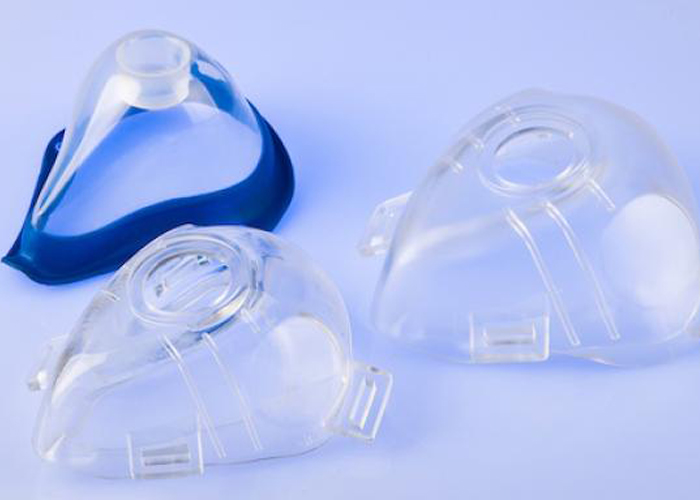
Frequently asked questions about our masterbatch


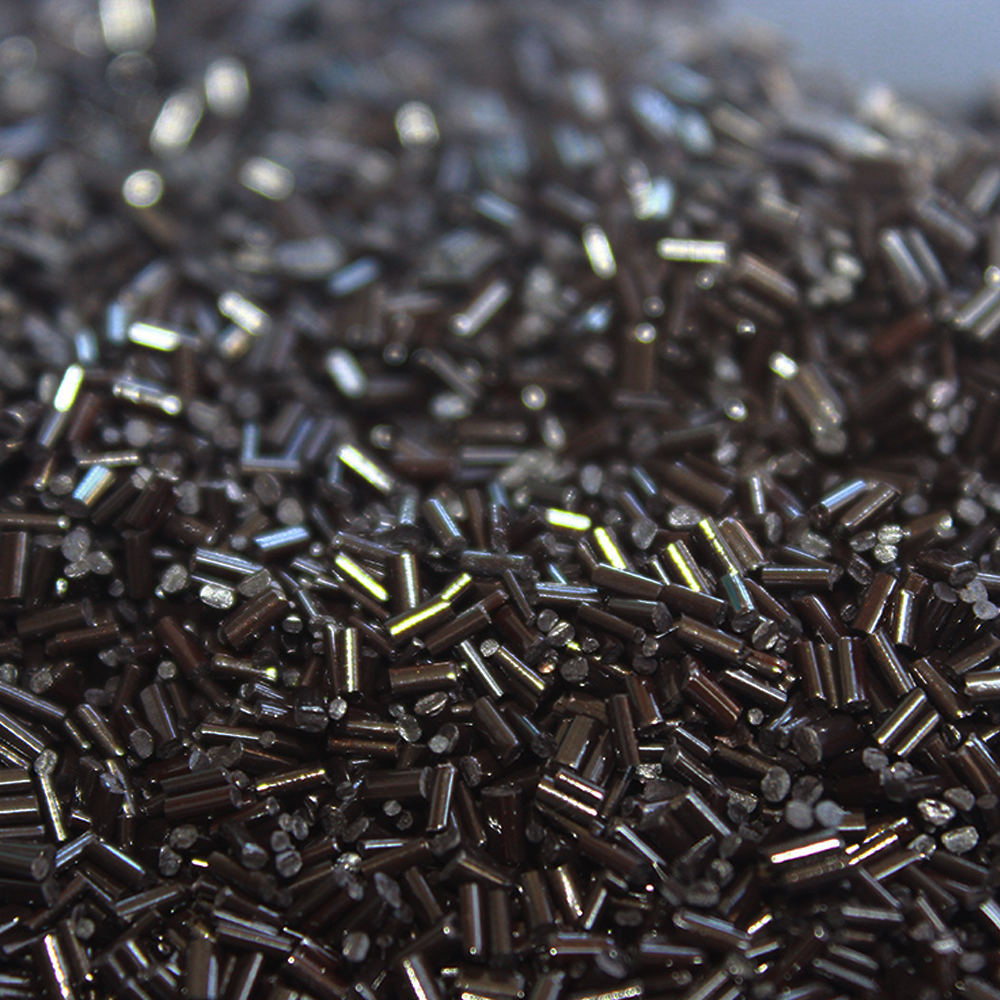

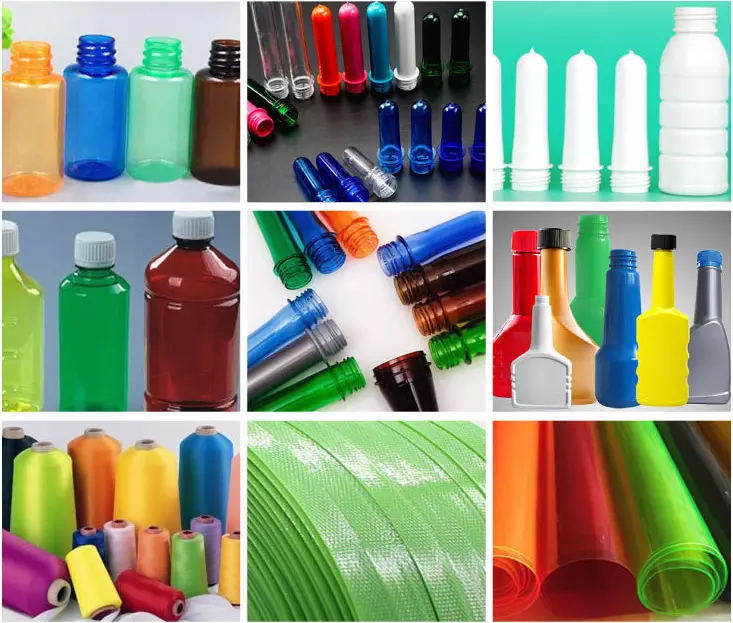
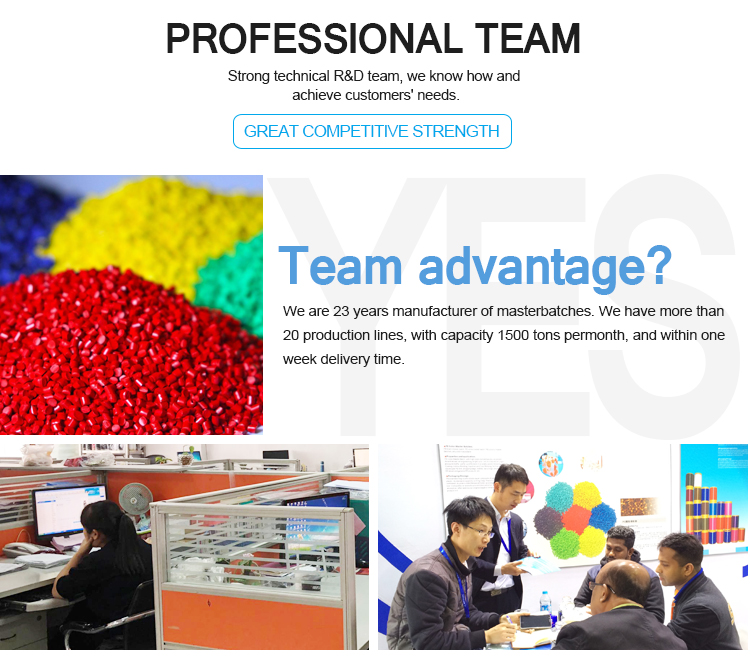
©2023. Masterbatch Manufacturer All Rights Reserved.
Our team will send back the best offer in 20 minutes.